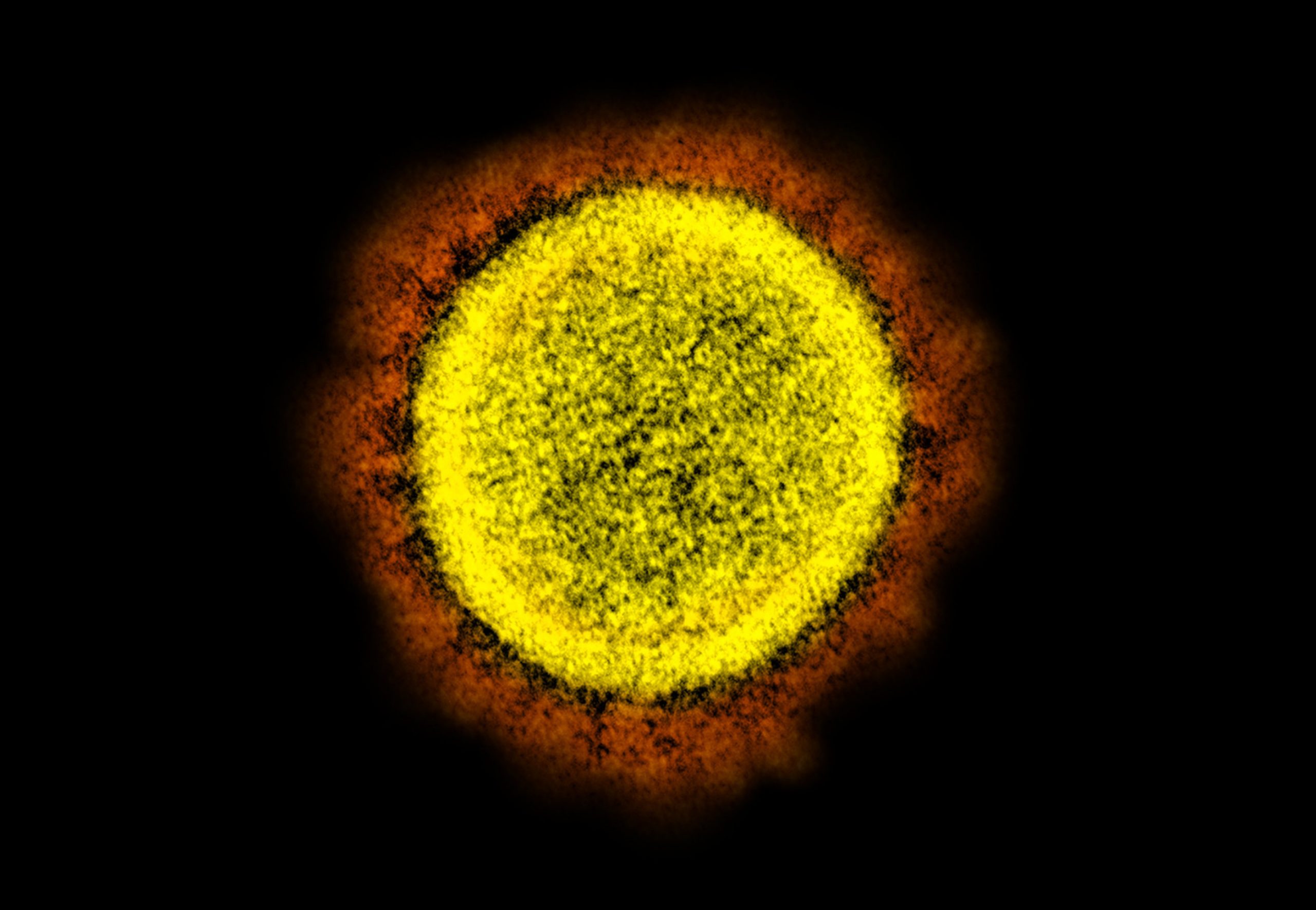
It’s a tactic that is sometimes used in horror movies. Pretending to be a zombie so that the real zombies won’t see you. Or pretending to be totally unresponsive, so that the aliens think you are one of them (Invasion of the Body Snatchers). It turns out that the coronavirus uses a very similar and clever strategy. Researchers at the Francis Crick Institute, Imperial College London, Kings College London and University College London have found that the SARS-CoV-2 coronavirus uses pigments in the body to hide from the immune system.
This process involve the waste substances biliverdin and bilirubin. These cause the green and yellow patches on the skin when bruised. The substances – released mainly during the breakdown of old or broken red blood cells – are able to bind to the spike protein of the coronavirus. And when that happens, it becomes a lot harder for antibodies to attack the virus. The researchers say this also helps explain why some people get very sick and others don’t at all.
The full study was published in the journal Science Advances.
Green and yellow
Biliverdin and bilirubin are compounds that occur naturally in the body. They are released during the breakdown of so-called heme compounds that attach to oxygen molecules in red blood cells. The compounds can be seen when bruises change color. This is because heme compounds are first broken down to biliverdin (green) and then to bilirubin (yellow). The toxic substance bilirubin normally leaves the body via the liver and gallbladder.

What the researchers discovered with the help of blood serum and antibodies from people previously infected with COVID-19, is that biliverdin prevents antibodies from binding to the spike protein in 30% to 50% of cases. This significantly weakens the immune system.
Acts as a booster
For the study, the team used, among other things, X-ray images to look in detail at the interaction between spike proteins, antibodies and biliverdin. What they discovered was that biliverdin attaches itself to the so-called N-terminal domain (NTD) of the spike protein. This stabilizes it, preventing the spike from opening up and exposing parts of its structure. As a result, some antibodies are unable to access their target areas and therefore can’t bind to the virus and neutralize it.
According to Annachiara Rosa of the Crick Institute, the interaction is especially strong as soon as SARS-CoV-2 reaches the lungs: “If a patient’s lungs are infected, the virus damages blood vessels and causes an increase in the number of immune cells. Both of these effects can contribute to an increase in biliverdin and bilirubin levels in the surrounding tissues. And with more of these molecules, the virus has more opportunities to hide from antibodies. That is a really remarkable process, because the virus may be benefiting from a side effect of the damage that it has already caused.”
Also see our COVID-19 archive.








